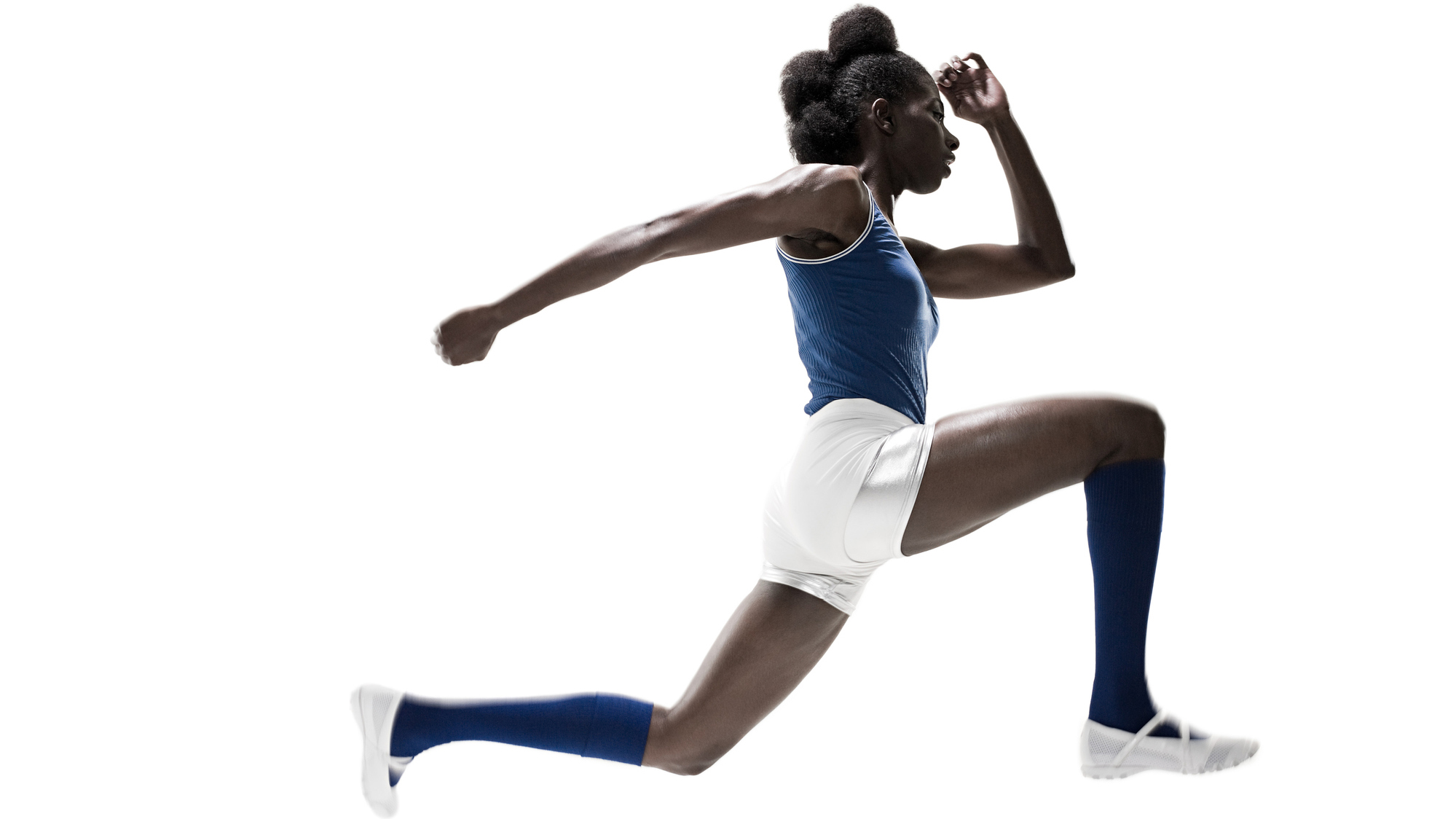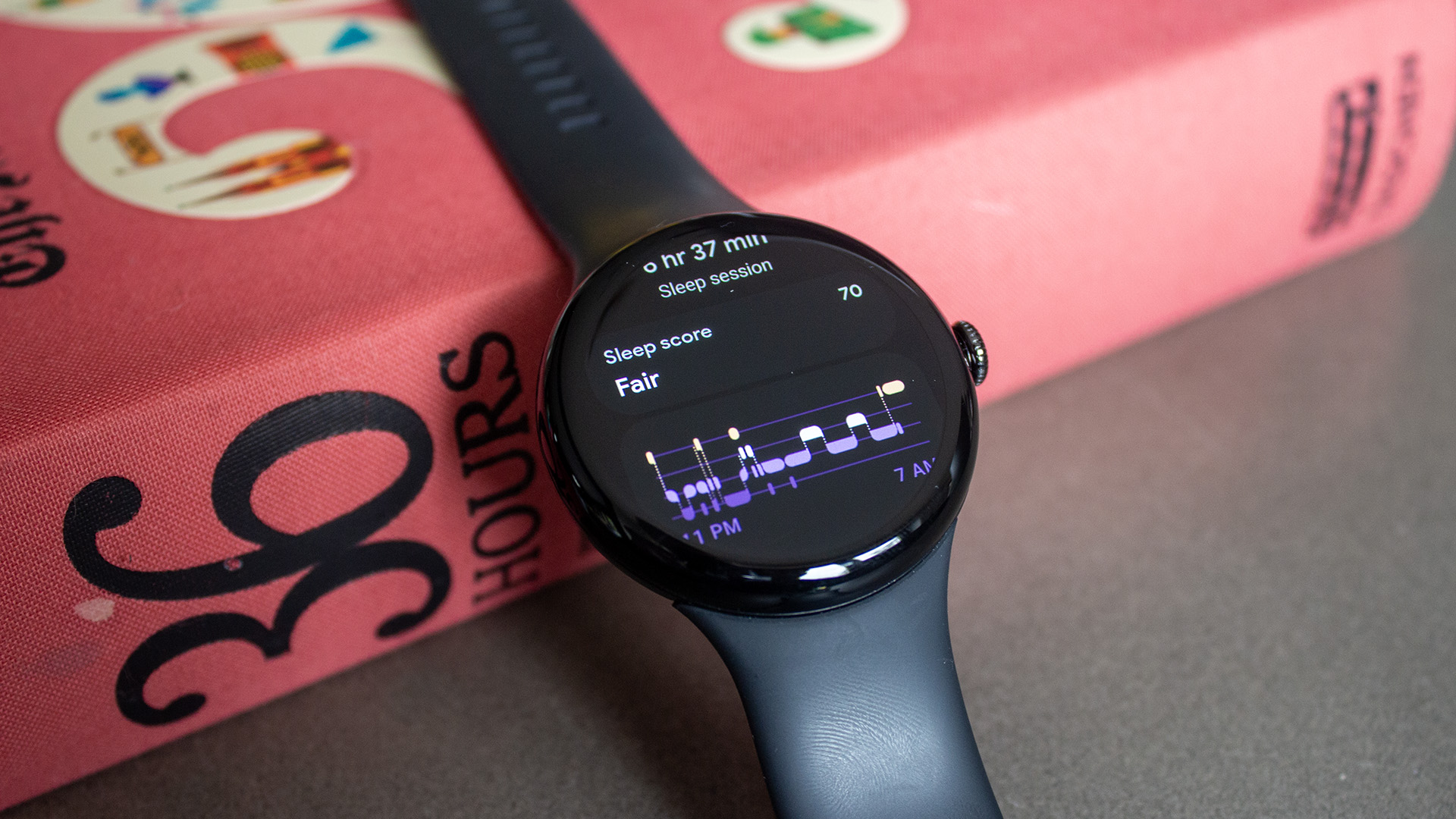

Everyone's got that one running friend who swears by wearing compression socks all the time. Like, all the time. And although research does support claims saying compression garments can help with certain medical conditions, when it comes to wearing them for sports, the evidence is less science-based and more empirical. Are compression socks for sports any good? And even if they were, what level of compression socks do you need?
The best compression socks for running are available in a variety of compression levels, and for someone who's not well-versed in the topic, it might be hard to make the right decision about which one to get. If you're in doubt, you can always get 'standard' running socks: these are generally shorter and offer some level of compression still around the ankles, despite not being advertised as compression garments.
PLEASE NOTE: This article is not meant to be not medical advice; if you have any medical condition that you think might require you to wear compression garments, please speak to your GP or a medical professional.
How compression is measured in compression socks
Running compression socks' compression level is measured in mmHg, or 'millimetre of mercury', which is a standard unit of pressure and is also used for measuring blood pressure, for example. Stated compression generally is between a range – let's say, between 20-30 mmHg – which means that the socks' compression levels will be between these levels. The actual compression depends on the size of the feet/legs and can vary from person to person.
Gradual vs managed compression
Most compression socks for running provide gradual compression, meaning that the compression level is the strongest around the ankles and tapers off towards the top of the socks. However, some compression socks offer 'managed' compression, which provides even pressure throughout the whole length of the sock. The latter is certainly not essential, but an option should you need firmer support below the knees during your runs.
Mild compression (8-15 mmHg)
This is the lightest level of compression, and most compression socks for running have this amount around the top of the socks. If you're unfamiliar with compression socks and haven't got any medical reasons why you should be wearing compression garments, this level should feel comfortable enough for running and recovery.

Moderate compression (15-20 mmHg)
Quite a few compression socks for running will offer moderate amounts of compression around the ankles. This amount of compression feels a bit tighter (obviously), and depending on your calf size, it might feel a bit restrictive for some. Running socks with moderate compression will help recovery after rigorous training sessions as they could help muscle oxygenation.
Sign up to the T3 newsletter for smarter living straight to your inbox
Get all the latest news, reviews, deals and buying guides on gorgeous tech, home and active products from the T3 experts

Firm compression (20-30 mmHg)
As the name suggests, firm compression will provide quite a lot of pressure around the ankles and even higher up, at the calf level. Firm compression socks for running are recommended for people who are recovering from injuries and/or have certain medical conditions (e.g. varicose veins). Firm compression socks can also help keep feet swelling at bay.

Matt Kollat is a journalist and content creator who works for T3.com and its magazine counterpart as an Active Editor. His areas of expertise include wearables, drones, fitness equipment, nutrition and outdoor gear. He joined T3 in 2019. His byline appears in several publications, including Techradar and Fit&Well, and more. Matt also collaborated with other content creators (e.g. Garage Gym Reviews) and judged many awards, such as the European Specialist Sports Nutrition Alliance's ESSNawards. When he isn't working out, running or cycling, you'll find him roaming the countryside and trying out new podcasting and content creation equipment.
-
 Google Pixel Watch 3 just got a potentially life-saving update in the US
Google Pixel Watch 3 just got a potentially life-saving update in the USThe latest update brings advanced heart monitoring to American wrists
By Matt Kollat Published
-
 3 overrated shoulder exercises, according to a fitness expert (and what to do instead)
3 overrated shoulder exercises, according to a fitness expert (and what to do instead)Sculpt 3D shoulders whilst minimising injury with these three alternative exercises
By Bryony Firth-Bernard Published